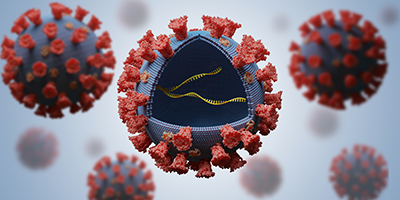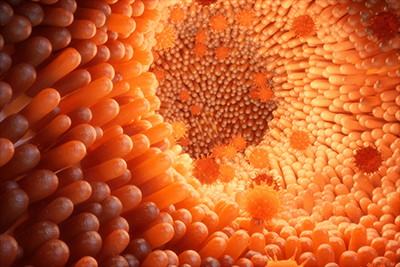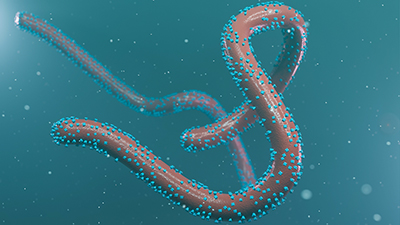Research, News & Discoveries
-

VIR-CLASP reveals new insights into cellular mechanisms of viral immune response
By Brad Davidson VIR-CLASP has the potential to find new therapeutic targets during infection by a wide variety of RNA viruses. RNA viruses invade cells and co-opt cellular machinery to replicate and translate their genomic material. To stave off infection until immune cells arrive, host cells rely on “intrinsic immunity… Read MoreSep. 10, 2020
-

Study explores the role of MYCN in Triple Negative Breast Cancer diagnosis and treatment
By Mary Alice Keller Triple-negative breast cancer is a type of breast cancer that tests negative for the three receptors that are commonly found in breast cancer: estrogen receptors, progesterone receptors, and human epidermal growth factor receptor 2 (HER2) receptors. The oncogene MYCN regulates cancer cell growth, proliferation, metabolism, and… Read MoreSep. 10, 2020
-

Vanderbilt team works across disciplines to replicate cellular filament behavior for the first time, shedding new light on a fundamental cellular process
by Marissa Shapiro Sep. 8, 2020, 12:00 PM A Vanderbilt University laboratory led by Marija Zanic, assistant professor of cell and developmental biology, has demonstrated for the first time how microtubules—filaments that are essential to many of a cell’s functions—move around in a… Read MoreSep. 10, 2020
-

Gould promoted to senior associate dean
Kathy Gould, Louise B. McGavock professor of cell and developmental biology in the School of Medicine Basic Sciences, has been named senior associate dean for biomedical research, education, and career development. Kathy joined the Vanderbilt faculty as an assistant professor after she obtained her Ph.D. from the University of… Read MoreSep. 4, 2020
-

New clue to Alzheimer’s disease
Sep. 3, 2020, 11:30 AM by Bill Snyder Reduced expression of Dlgap2, a gene important in signaling across the synapse between nerve cells, is associated with faster cognitive decline in patients with Alzheimer’s disease and increased plaques and tangles found in their brains on autopsy. To better understand the role of… Read MoreSep. 3, 2020
-

Assembling cell power plant machinery
Sep. 3, 2020, 11:00 AM by Leigh MacMillan Mitochondrial complex II is a four-subunit protein machine located in the mitochondrial membrane that links two essential cellular energy-producing processes. Defects in complex II — because of mutations in the genes encoding the subunits or incorrect assembly of the mature complex —… Read MoreSep. 3, 2020
-

Vip1 allows cells to adapt to changing conditions
By Francisco Rodriguez Cells detect the nutrients that are in their environment and can adapt depending on what they sense. The class of signaling molecules known as inositol diphosphates or PP-IPs affects cellular shape, nutrient sensing and many other biological processes among organisms as simple as yeast and… Read MoreAug. 28, 2020
-

Non-neutralizing antibodies from a Marburg infection survivor show therapeutic potential
By Sohini Roy The WHO reports that the Marburg virus has an average fatality rate of 50 percent, but fatality rate can be of up to 88 percent depending on the strain and the outbreak. Marburg viruses cause a hemorrhagic fever in humans, with a fatality rate of up to… Read MoreAug. 28, 2020
-

Vanderbilt research shows stimulating tuft cell production reverses intestinal inflammation
by Marissa Shapiro Aug. 28, 2020, 9:00 AM Researchers at Vanderbilt University have, for the first time, been able to trigger the specific immune system response required to reverse the course of small intestinal inflammation by inducing production of tuft cells, very rare epithelial… Read MoreAug. 28, 2020
-

Erin Calipari discusses the relationship between pandemic stress and substance abuse on WTVF Channel 5
WTVF, Channel 5, interviewed Erin Calipari, assistant professor of pharmacology, about how stress over the pandemic contributes to the development of substance abuse disorders and the increased probability of relapse. Read MoreAug. 25, 2020